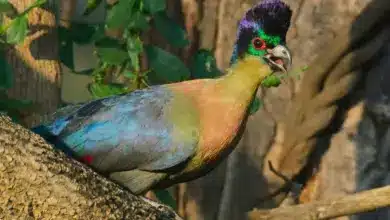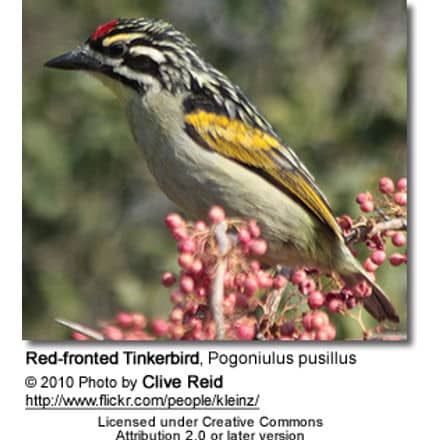Apus (Genus)
The bird genus Apus comprises some of the Old World (= Europe, Asia, and Africa) members of the family Apodidae, commonly known as swifts.
They are among the fastest birds in the world. They resemble swallows, to which they are not related, but have shorter tails and sickle-shaped wings. Swifts spend most of their life aloft, have very short legs, and use them mostly to cling to surfaces.
Taxonomic history of Apus
Before the 1950s, there was some controversy over which group of organisms should have the genus name Apus. Bosc gave the organisms known today as Triops the genus name Apus and later authors continued to use this term.
Keilhack suggested that this was incorrect since there already was an avian genus named Apus Scopoli in 1909.
It wasn’t until 1958 when the International Commission on Zoological Nomenclature (ICZN) ruled against the use of the genus name Apus and instead recognized the term Triops that the controversy finally ended.
Systematics
- Alpine Swift, Apus melba
- Mottled Swift, Apus aequatorialis
- Alexander’s Swift, Apus alexandri
- Common Swift, Apus apus
- Plain Swift, Apus unicolor
- Nyanza Swift, Apus niansae
- Pallid swift, Apus pallidus
- African Swift, Apus barbatus
- Forbes-Watson’s Swift, Apus berliozi
- Bradfield’s Swift, Apus bradfieldi
- Madagascar Swift, Apus balstoni
- Pacific Swift, Apus pacificus
- Dark-rumped Swift, Apus acuticauda
- Little Swift, Apus affinis
- House Swift, Apus (affinis) nipalensis
- Horus Swift, Apus horus
- White-rumped Swift, Apus caffer
- Bates’s Swift Apus batesi
- Fernando Po Swift Apus sladeniae
Known fossil species are:
- Apus gaillardi (Middle/Late Miocene of La Grive-St.-Alban, France)
- Apus wetmorei (Early – Late Pliocene? of SC and SE Europe)
- Apus baranensis (Late Pliocene of SE Europe)
- Apus submelba (Middle Pleistocene of Slovakia)
The Miocene “Apus” ignotus is now placed in Procypseloides.




